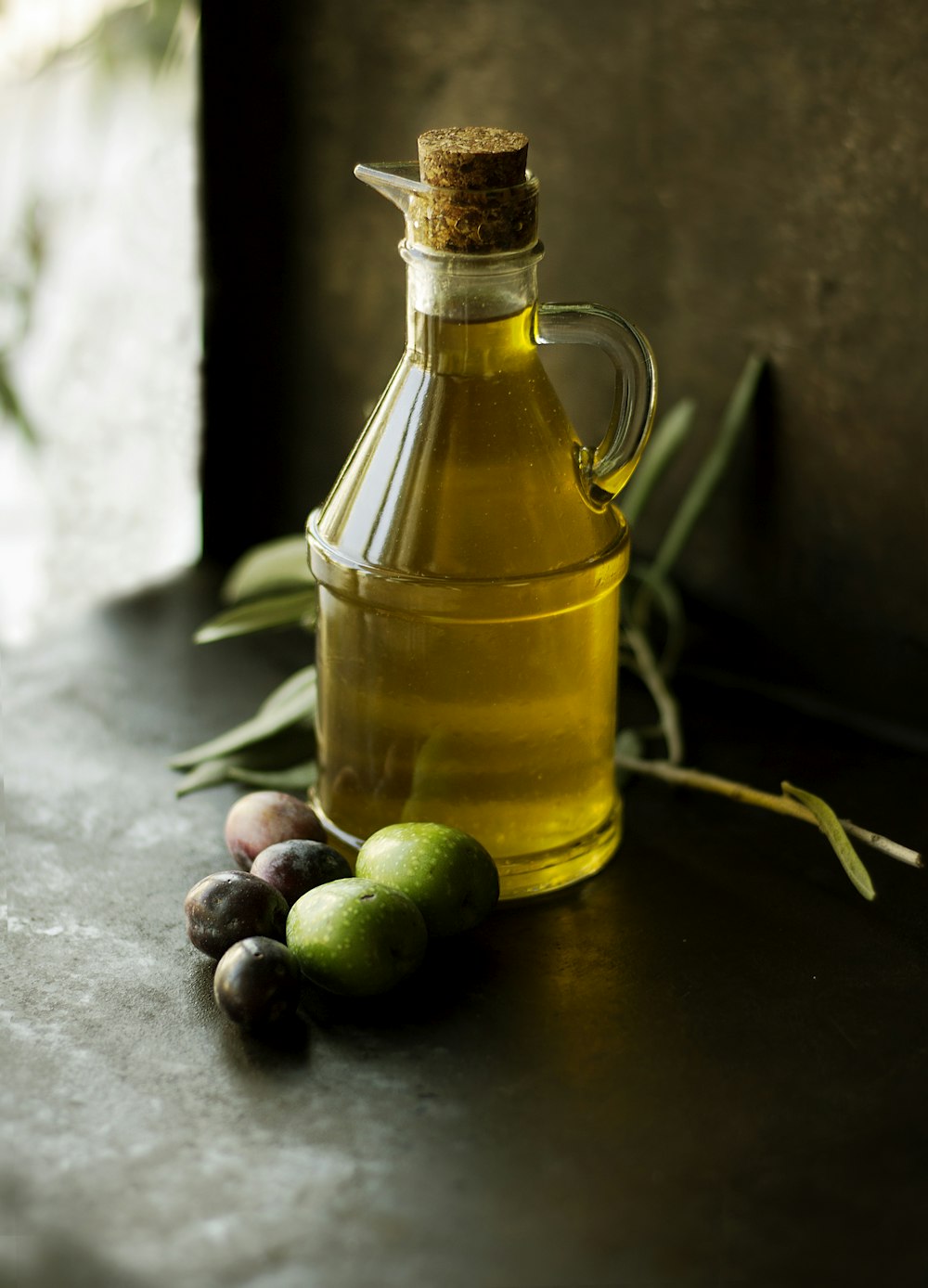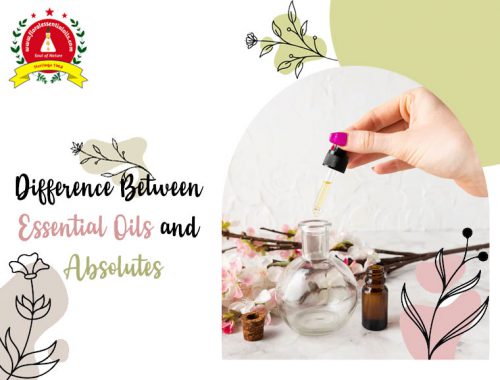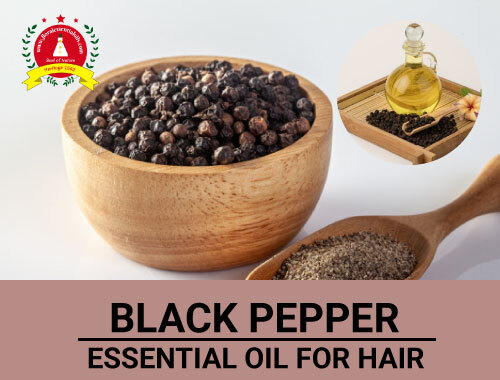Natural, handcrafted soaps are both beneficial to the skin and fun to make. It’s critical to know which soap-making oils are best for your needs, whether you’ve never made soap before, are just getting started, or are a seasoned soap maker. Soaps are made with lye, natural oils, essential oils, organic butter, and other ingredients.
Because it’s important to know which oils work best for your soap, we’ve put together a list of the best oils for soap making in this post. Natural oil has many benefits, and you can make superfatting soap by keeping the lye content constant while adding a small amount of natural oil.
What Is Saponification & Superfatting?
Saponification: It is a chemical reaction that occurs the transformation of fat, oil, or lipid into soap and alcohol using an aqueous alkali. Soaps are acidic in nature with long carbon chains that are salts of fatty acids. Sodium oleate is common soap.
Super fatting: It’s the practice of using less lye or more fatty oil than industry norms in order to leave some oil in the soap that isn’t lye-bound. This leaves more unsaponified fat in the soap, which adds moisture.
Top 5 Oils for Soap Making
Natural oils are rich in antioxidants, omega-3 fatty acids, amino acids, and other minerals that benefit all skin types and help with moisturization, healing, and sebum removal. These oils are used to make soap. Below mentioned essential oils are easily available essential oils suppliers or 100% natural fragrance oils suppliers in their pure and unadulterated forms. Pure essential oils harnesses the maximum benefits.
Castor Oil
Pure castor oil is used to make soap, liquid soaps, and other natural goods, and it has a calming, earthy, and slightly pungent aroma. It’s also used to give cosmetics and cleaning products a distinct scent. It is also good for the skin because of the fatty and amino acids it contains. This viscous liquid is made from the castor bean plant. It draws moisture to the skin and gives soap a luxurious lather.
It is suggested that you use it at a concentration of 2-5 percent.
Coconut Oil
When it comes to hydrating skin, virgin coconut oil has been found to be just as effective as mineral oils. Furthermore, the antibacterial properties of this oil, which are a result of the presence of fatty acids, make it extremely beneficial to your skin. It’s ideal for soap-making. Coconut oil is very clean, and it produces a lot of bubbles when used in the cold process. Because it is so clean, it can be drying. Although it can be used up to 33%, if you have sensitive or dry skin, it is recommended that you use it at 15%.

Olive Oil
Virgin olive oil is an excellent choice for soap-making. It’s a great moisturizing oil that’s high in amino acids and other fatty acids, and when used in soaps, its antioxidant properties help with skin exfoliation.
In cold-processed dishes, this is a common ingredient. It’s a rich oil that hydrates the skin with a creamy lather. Pure olive oil produces softer bars than pomace and takes longer to trace. It can be used up to 100 percent in the cold process.

Grapeseed Oil
Grapeseed Oil is a light oil that naturally hydrates and conditions your skin. Grapeseed oil won’t clog your pores or leave your skin feeling greasy. It can be used to make DIY hair masks as well as soaps and body washes.

Almond Oil
Vitamins A and E are abundant in natural almond oil, which nourish and improve the appearance of your skin. As a result, adding a few drops of cold-pressed almond oil to traditional soaps and body washes will improve the tone of your skin quickly.
It has a soft, hydrating texture and is high in fatty acids. You’ll love how it feels in DIY soap, moisturizer, and scrub. It can be used up to 20% of the time in the cold process.

DIY Homemade Superfatting Soap
The entire soap-making process is the same; simply add a little more natural oil and less lye to make your soap superfatting for additional moisturization. Let’s look at the recipe, which is basic and straightforward to prepare.
Recipe for superfatting soap made at home
Required Ingredients
- 3 cup virgin coconut essential oil
- 2/3 cup virgin olive essential oil
- 2/3 cup sweet almond essential oil
- 1/5 cup of lye
- 34 cup water (Cold)
- How to Make Superfatting Soap
Half-fill a quart canning jar with water. Then, using a measuring cup, double-check that you have exactly 15 cups of lye. Slowly pour the lye into the water while constantly stirring. Take a step back while stirring to avoid the fumes. When the water starts to clear up.
Also Read : Antioxidant Mask For The Summers
In a pint jar, combine the three oils. It’s probably best if they just make a pint of something. Heat the oils for about a minute in the microwave or in a pan of water. Check the temperature of your oils; they should be between 50- 60-degrees Fahrenheit.
Your lye should have cooled to around 50° by then. Allow both to cool to a 35° to 40° temperature. This is critical when making soap. If the temperature is too low, it will come together quickly, but it will be coarse and crumbly.
Once the lye and oils have reached the desired temperature, pour the oils into a mixing bowl. Drizzle in the lye slowly, stirring constantly until completely combined. Stir by hand for a total of 5 minutes.
After about 5 minutes, you can continue stirring. The color of the soap will lighten and the consistency will thicken. When it resembles vanilla pudding in appearance.
You can now add your herbs, essential oils, or other ingredients at this point. To blend, thoroughly combine all of the ingredients. After pouring the soap liquid into the silicone mold, wrap it in plastic wrap. To keep it warm, wrap it in an old towel. The remaining heat will be used to start the saponification process.
After 24 hours, take a look at your soap. If it’s still warm or soft, leave it for another 12-24 hours. Cut into bars at this point. Allow for a 4-week cure time for the soap.





